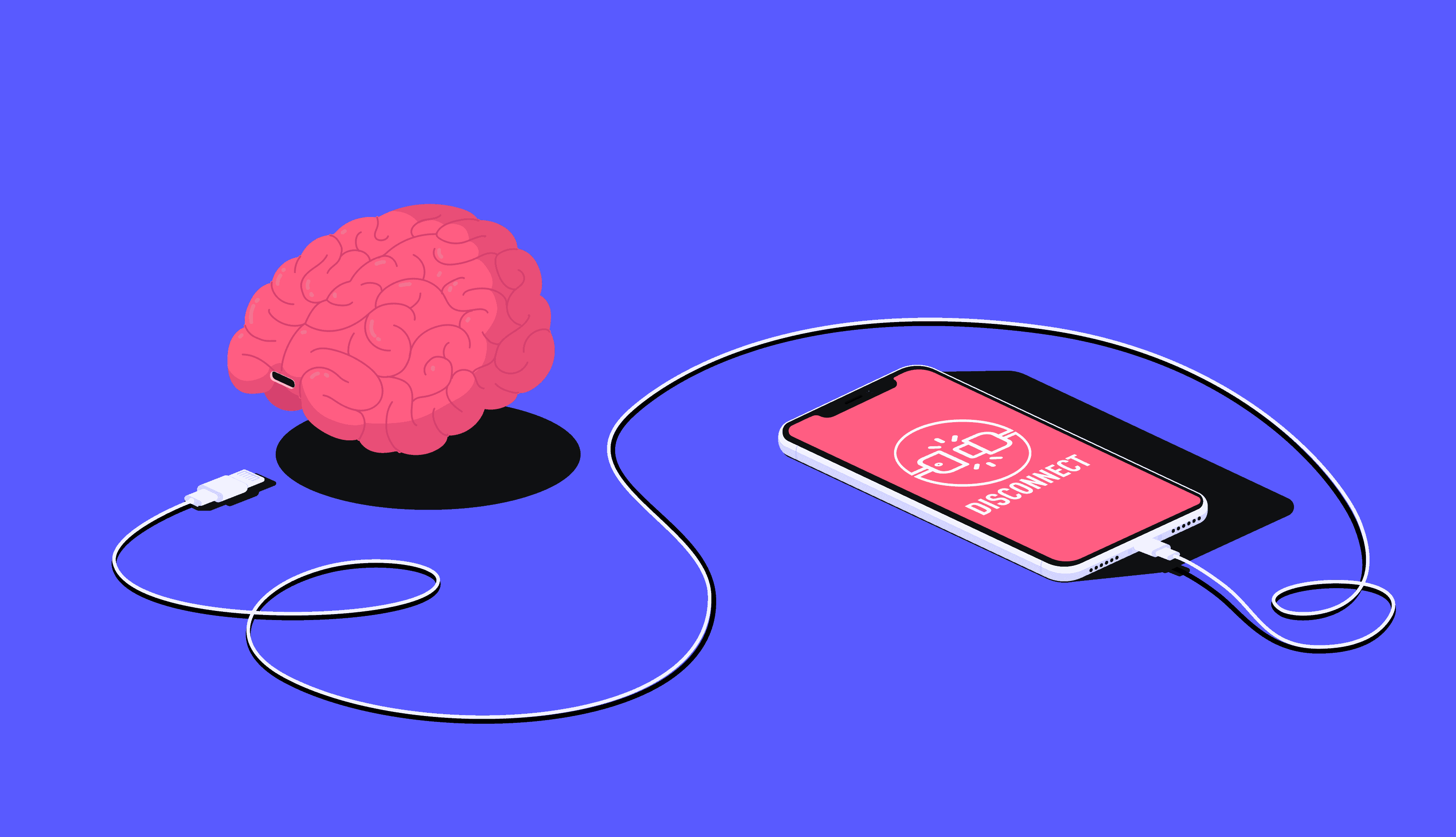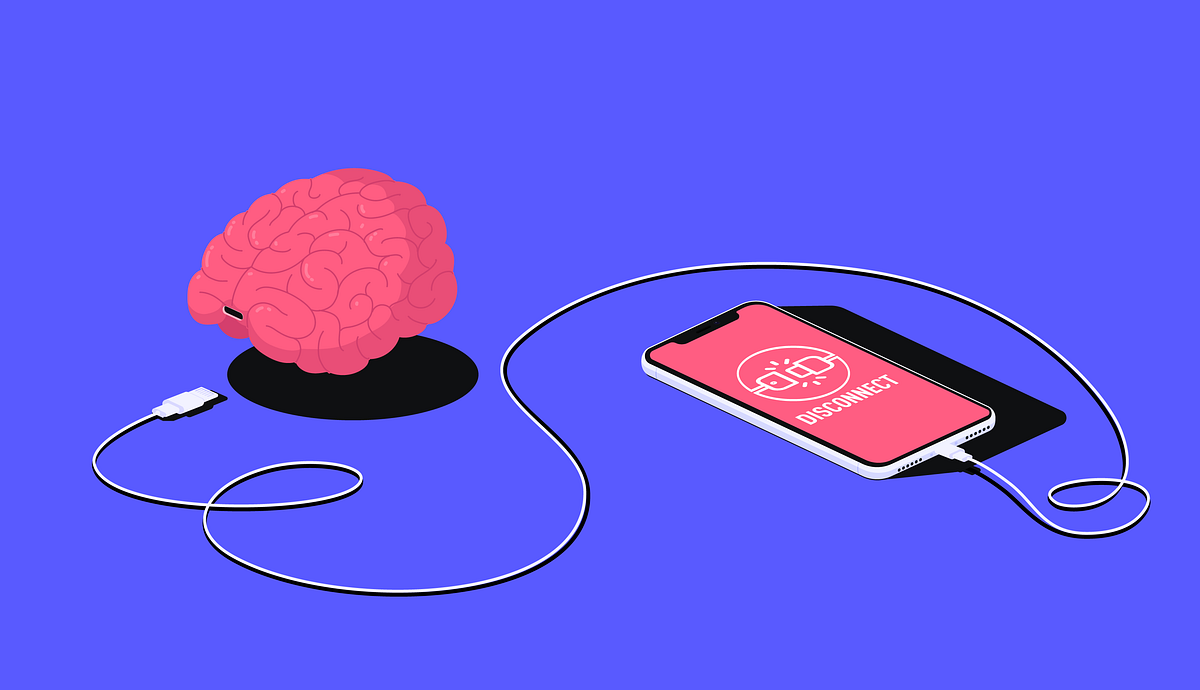
In a time where smartphones are practically an extension of our hands, and social media commands our constant attention, the decline of face-to-face interactions is all too evident. The culprit? A skyrocketing dopamine threshold, courtesy of the digital world.
The Dopamine Dilemma
Our fascination with smartphones and social media has turned our brains into eager seekers of a special brain chemical called dopamine. Every notification, like, and share triggers a tiny explosion of pleasure in our brains, conditioning us to crave more. But because of this, the fun and satisfaction we get from real-life interactions can seem less exciting, leaving us feeling a bit unsatisfied and distant from the real world.
The Vanishing Art of Conversation
The art of conversation seems to be vanishing faster than a Snapchat message. With people engrossed in their smartphones, it’s become increasingly common to witness fewer spontaneous conversations and interactions in various public settings. Instead of engaging with those around them, individuals often opt to scroll through their social media feeds or focus on their screens.
The Digital Distraction
Smartphones, while undeniably useful, have also become our most insidious distractions. However, the convenience they offer often comes at a hidden cost.
Negative Impact on Well-being: The constant influx of notifications, the allure of social media, and the ever-present screen can take a toll on our well-being. Excessive smartphone usage has been linked to increased stress levels, anxiety, and even disrupted sleep patterns. Our continuous engagement with screens can sometimes lead to feelings of overwhelm, further exacerbating these issues.
Darker Shadows Over Productivity: The insatiable craving for digital stimuli obstructs our productivity, casting a long shadow over our abilities. We’ve all fallen prey to the siren call of our devices, seducing us away from our intended tasks. This relentless dance between screens renders us less efficient, reducing the quality of our labor until mediocrity reigns supreme.
Impact on Relationships: The impact on our relationships is troubling. Even when we’re physically with our loved ones, smartphones often make us emotionally absent. This creates misunderstandings and feelings of neglect, making our connections weaker and pushing us further apart. It’s like we’re stuck in a lonely world of our own, separated from those we care about.
The Joy of Real-Life
In the heart of our existence lies the profound beauty of life itself. Nature is a breathtaking masterpiece. The sunsets, birds in flight, and flowing rivers tell stories of beauty and timelessness. We humans, with our ability to talk, connect, and feel, are part of this amazing creation.
But there’s a distraction in our modern world — the screen. Its glowing light can steal our attention from the real beauty outside. Instead of getting lost in the screen’s glow, let’s cherish the real world’s natural light. It’s a reminder of the magic of life around us.
Crafting a Balanced Digital Life
Escaping the overpowering pull of the digital world doesn’t necessarily require a complete disconnection. Instead, it’s about achieving a harmonious equilibrium between our online and offline existence. In this chapter, we’ll explore practical strategies for mindful smartphone usage, setting clear boundaries, and carving out serene tech-free spaces in our lives.

Here’s a collection of valuable tips to help you find that balance:
1.Set Screen Time Limits: Dedicate specific times for screen use. This helps avoid mindless scrolling and ensures a healthier balance.
2.Embrace Tech-Free Zones: Designate areas in your home, like the dining table or the bedroom, as tech-free zones. This fosters genuine human interaction and promotes better sleep.
3.Unplug Before Bed: Power down devices at least an hour before bedtime. The blue light emitted from screens can disrupt sleep patterns.
4.Digital Detox Days: Dedicate certain days or weekends to a digital detox. Disconnect from screens and use this time for outdoor activities, hobbies, or simply being present in the moment.
5.Notification Management: Turn off non-essential notifications to reduce distractions and maintain focus during work or important activities.
6.Regular Screen Breaks: Incorporate short breaks during work or study sessions to step away from screens, stretch, and refresh your mind.
And one final tip for the people from IT industry, who’s livelihood depend upon these artificial screens:
The 20–20–20 Rule: Every 20 minutes, take a break from your screen and shift your focus to something at least 20 meters away for 20 seconds. This simple rule works wonders in resetting your eyes and reducing the strain caused by prolonged screen exposure.
Conclusion: Reconnect, Recharge and Rekindle
That’s it, I’m done with all this typing! Time for a screen vacation. You’re on your own for the conclusions, my friends. Thanks for tagging along!
Sign up to stay updated with the latest insights, news, and more.